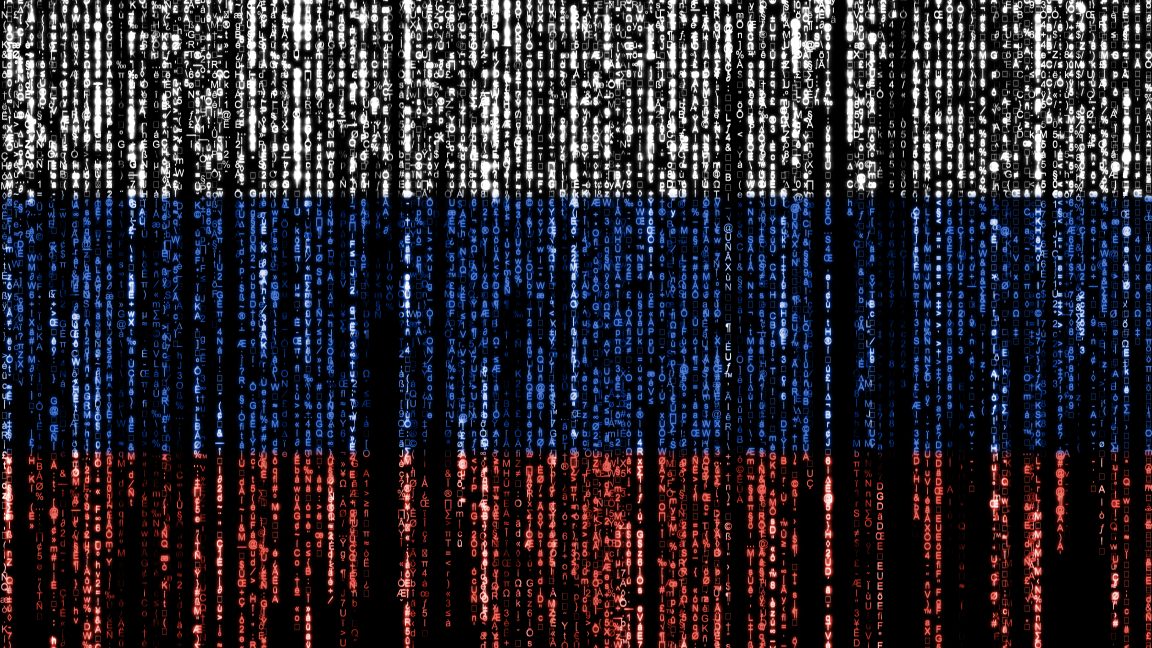Solar Rooftops: A Growing National Security Concern

In an age where renewable energy and technological advancements intersect, the humble solar rooftop has transformed into a focal point of national security. Initially simple power converters, modern solar inverters have become a critical backbone of home energy systems, yet they also present new cybersecurity challenges.
At the heart of this growing concern lies a scenario that, although unlikely, highlights the stakes involved. An individual with technical skills could compromise a home by hacking its solar inverter, the device that converts solar energy to power a residence. While this scenario seems extreme, it underscores a broader risk posed by the vulnerabilities in these systems.
Recent revelations surrounding the Texas-based company EG4 illustrate these risks. The U.S. cybersecurity agency CISA has spotlighted vulnerabilities in their solar inverters that could potentially allow hackers to control entire home energy systems. These revelations came as a shock to over 55,000 users of these systems, many of whom were previously unaware of the complexities inherent in modern solar technology.
Solar inverters today have evolved beyond simply converting power; they are integral to monitoring performance and communicating with utility companies. As small-scale solar installations, primarily in residential areas, have grown exponentially, they contribute not only to energy independence but also to potential cybersecurity risks on the national grid.
The explosive growth of solar technology was driven by decreasing costs, favorable government incentives, and an increasing awareness of climate change. However, each solar setup is a node in a network of interconnected devices, and these systems could be entry points for potential cybersecurity threats.
This trend has sparked broader discussions on energy security, particularly given the concerns about the global supply chain of renewable energy equipment. Reports have emerged of unauthorized communication devices found in equipment from Chinese suppliers, raising security concerns due to China's dominance in the solar manufacturing sector.
Despite the unsettling potential of a mass hacking operation, experts affirm such an occurrence faces substantial practical challenges. Regulators currently have strict cybersecurity standards for large-scale installations, but residential systems operate with far less stringent oversight, creating a regulatory gray zone.
The vulnerabilities uncovered by CISA in EG4’s systems point to a widespread issue in the residential solar market, where security standards are mostly recommended rather than mandated. Solutions may lie in enhancing regulations and security protocols to better protect these growing networks of home energy systems.
While this ongoing collaboration with cybersecurity agencies represents a major step forward, it also reflects the growing acknowledgment of the need for robust security measures in the renewable energy sector. As solar technology becomes increasingly prevalent, addressing these security concerns becomes not just necessary, but urgent.



